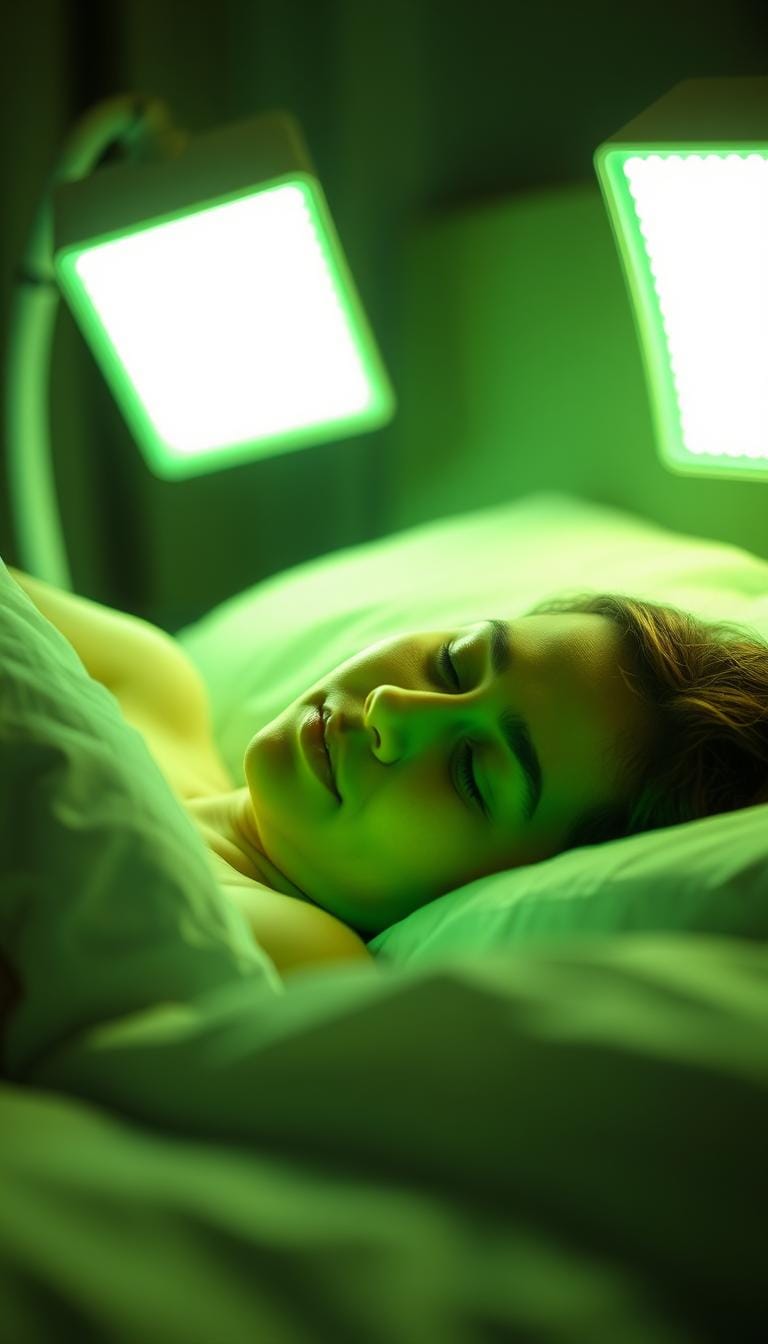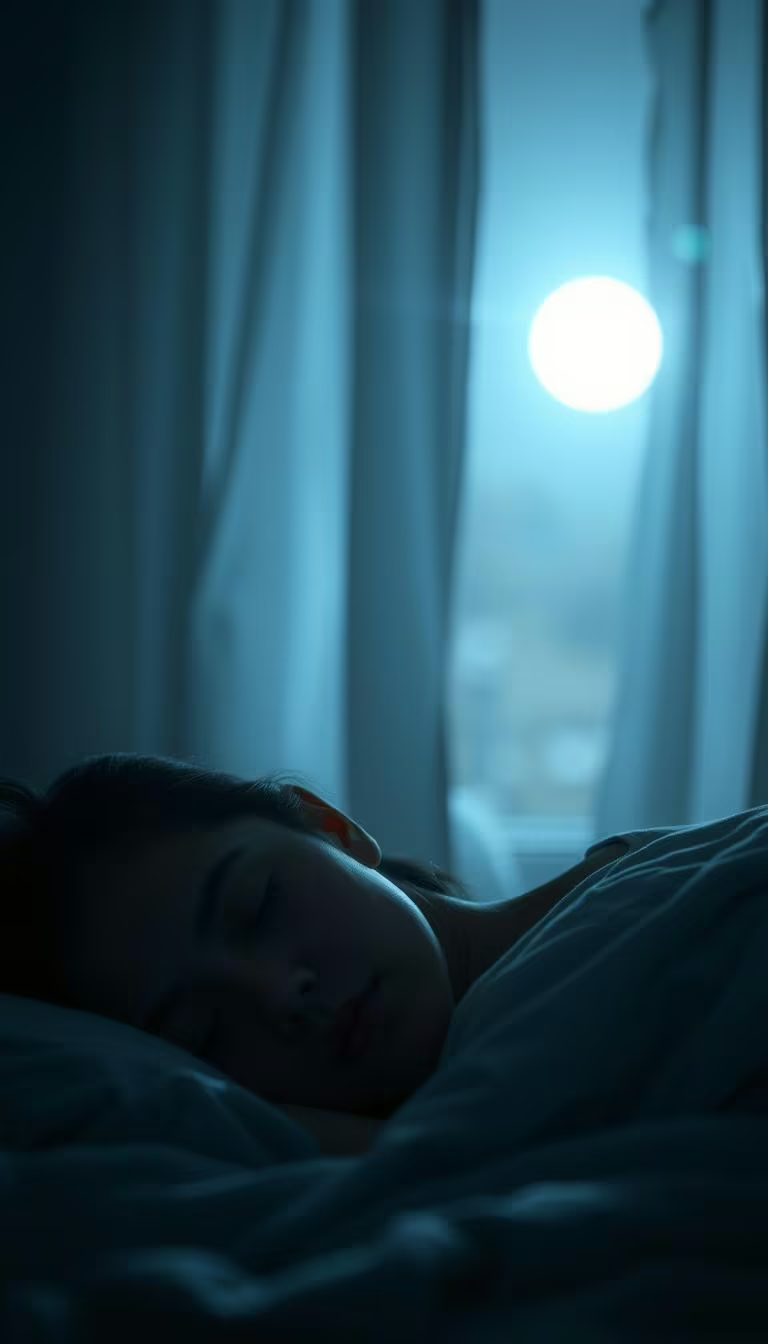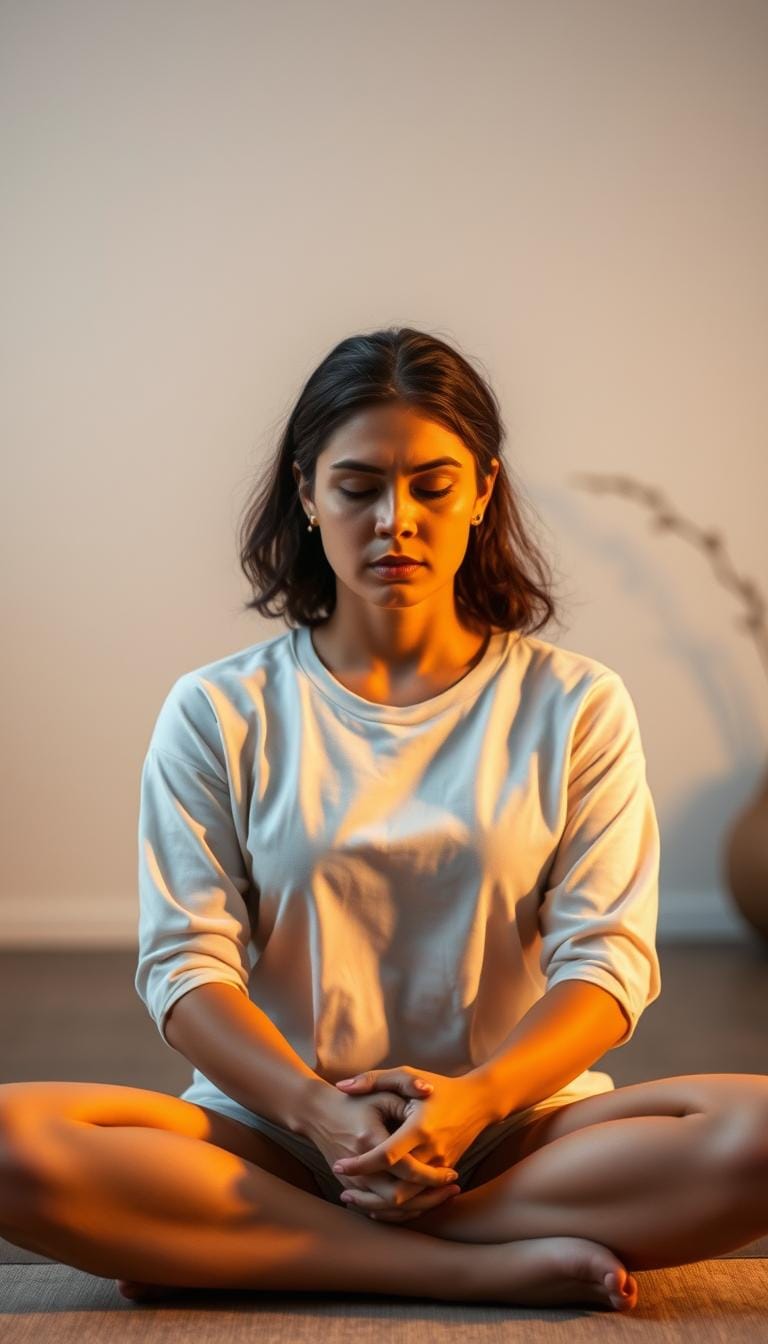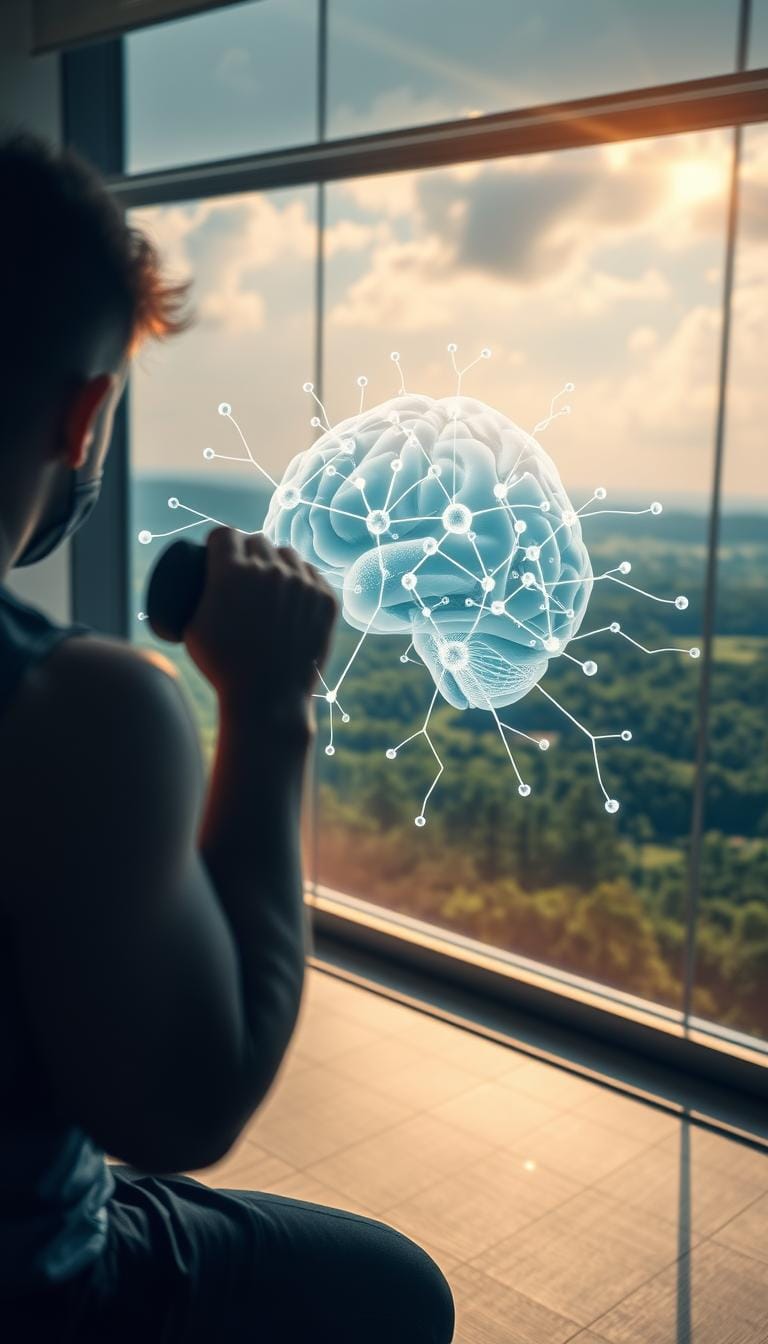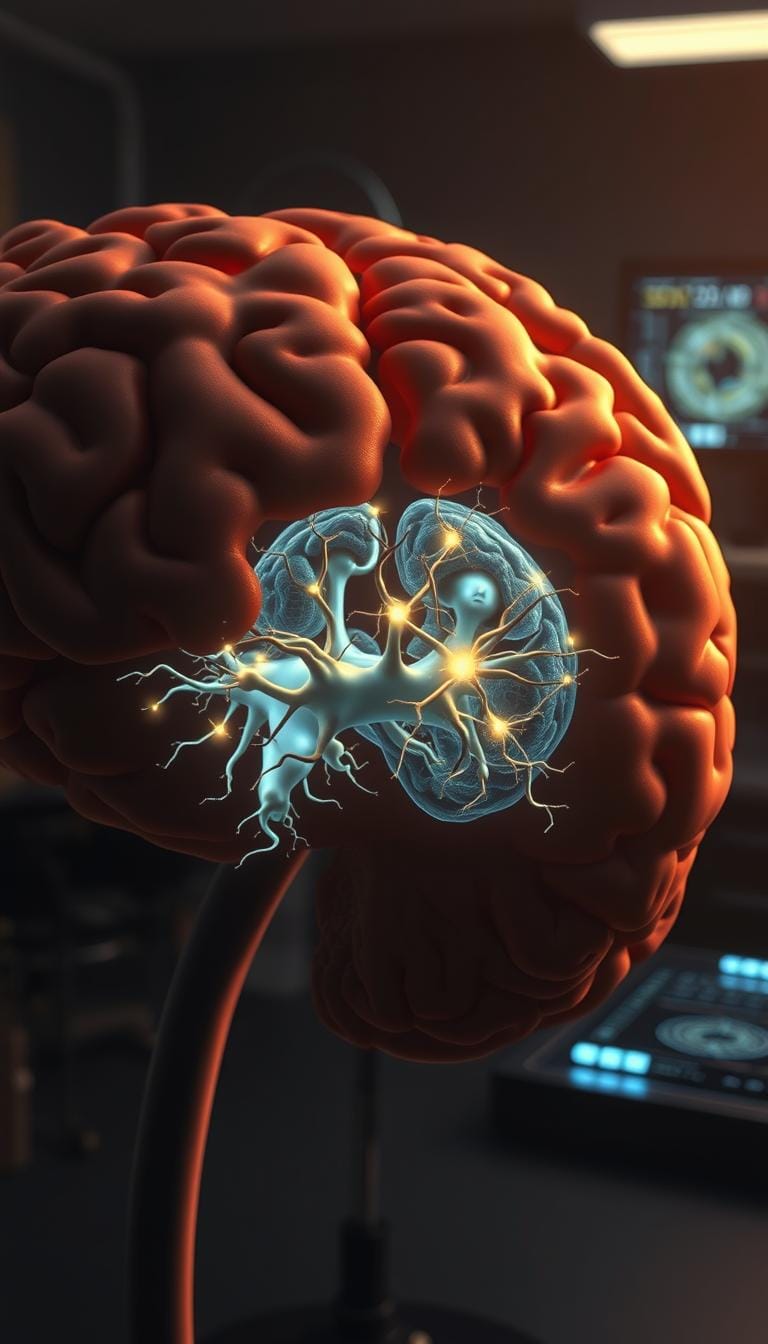How Often Should You Do Red Light Therapy? 5 Expert Guidelines for Results
Table of Contents
I’ve been looking into red light therapy, a treatment that’s becoming more popular. It’s known for its possible benefits. Knowing the optimal frequency for sessions is key to getting the best results.
Many people are using this therapy for different health issues. But, the question is: what’s the best schedule? I’ll share 5 expert guidelines to help you use red light therapy effectively.
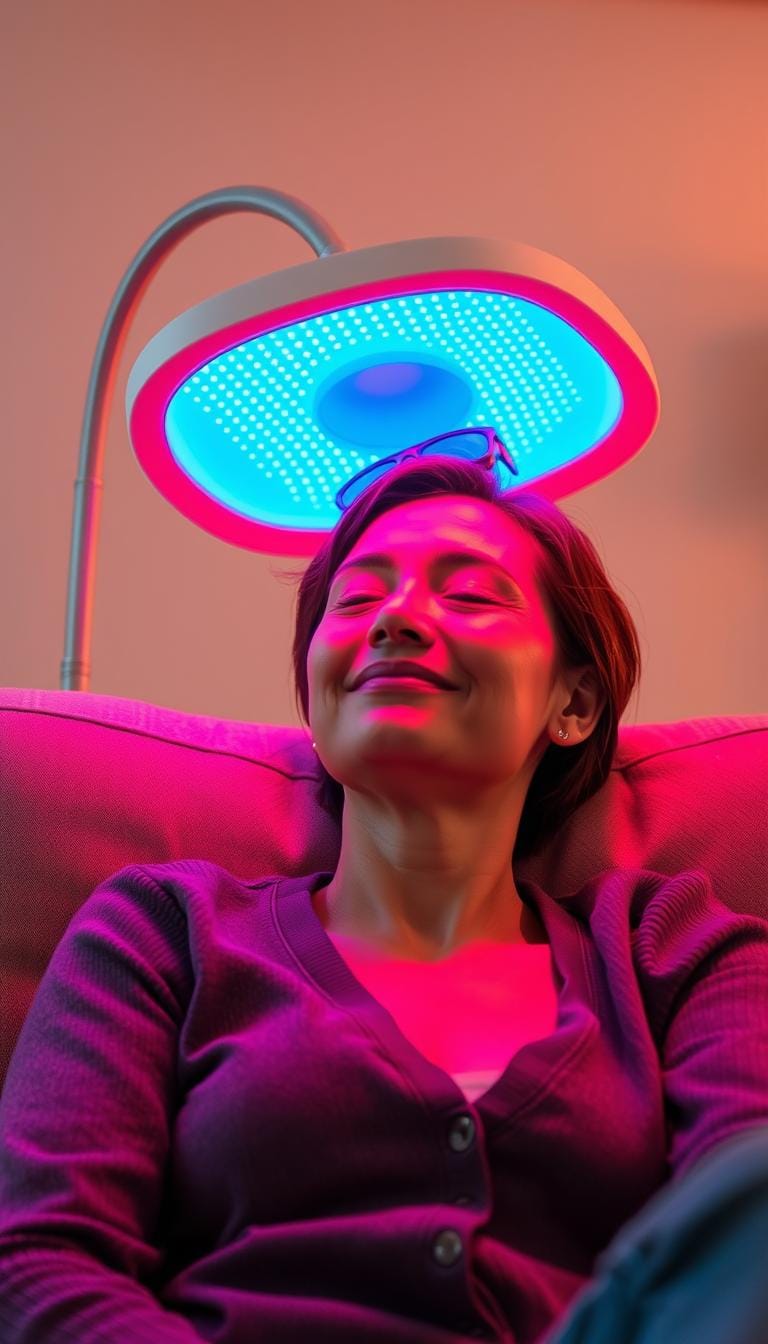
By following these tips, you can get the most out of red light therapy. Let’s explore how to use this innovative treatment to its fullest.
Understanding Red Light Therapy Basics
Red light therapy is a science-backed treatment for many health issues. It uses low-intensity red or near-infrared light on the body. This method is also known as low-level laser therapy (LLLT) or photobiomodulation (PBM).
What Is Red Light Therapy and How Does It Work?
Red light therapy boosts the body’s healing powers. It does this by increasing energy in cells and reducing stress. This non-invasive treatment improves skin, reduces inflammation, and helps muscles recover.
The Science Behind Photobiomodulation
Photobiomodulation science focuses on how light affects cells. Red light (630-700nm) and near-infrared light (700-1100nm) boost ATP production. This helps cells work better.
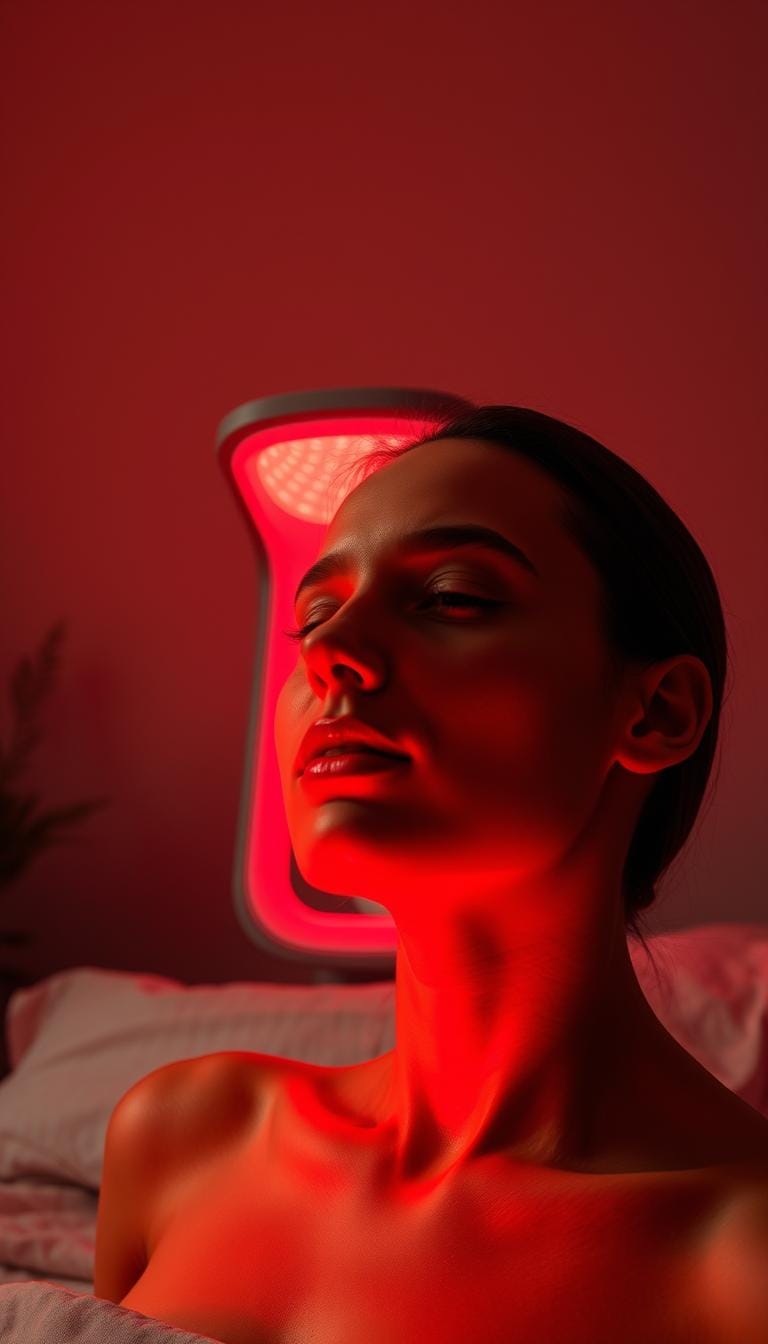
Different Types of Red Light Devices
Red light therapy devices vary in technology and use. You’ll find LED panels, laser devices, and handheld units. Each has its own benefits for different needs.
| Device Type | Characteristics | Typical Use |
|---|---|---|
| LED Panels | Large surface area, multiple LEDs | Full-body treatments, skin rejuvenation |
| Laser Devices | High-intensity, precise application | Targeted treatments, pain relief |
| Handheld Units | Portable, convenient | Localized treatments, facial rejuvenation |
Knowing these basics helps you get the most from red light therapy duration and frequency.
The Proven Benefits of Red Light Therapy
Red light therapy has been studied a lot and shows many benefits. It’s also known as low-level laser therapy (LLLT) or photobiomodulation (PBM). It positively affects many health areas.
Physical Health Benefits
Red light therapy is good for physical health in many ways. It can reduce inflammation and help with tissue repair. It’s effective for treating arthritis and speeding up wound healing.
| Condition | Benefit | Study Findings |
|---|---|---|
| Arthritis | Reduced inflammation and pain | A study found significant improvement in symptoms among participants treated with red light therapy. |
| Wound Healing | Enhanced tissue repair | Research showed that red light therapy accelerated wound healing by promoting collagen synthesis. |
Skin and Anti-Aging Benefits
Red light therapy is also great for anti-aging. It makes skin look better, reduces wrinkles, and boosts collagen. It’s a favorite for those wanting to look younger.
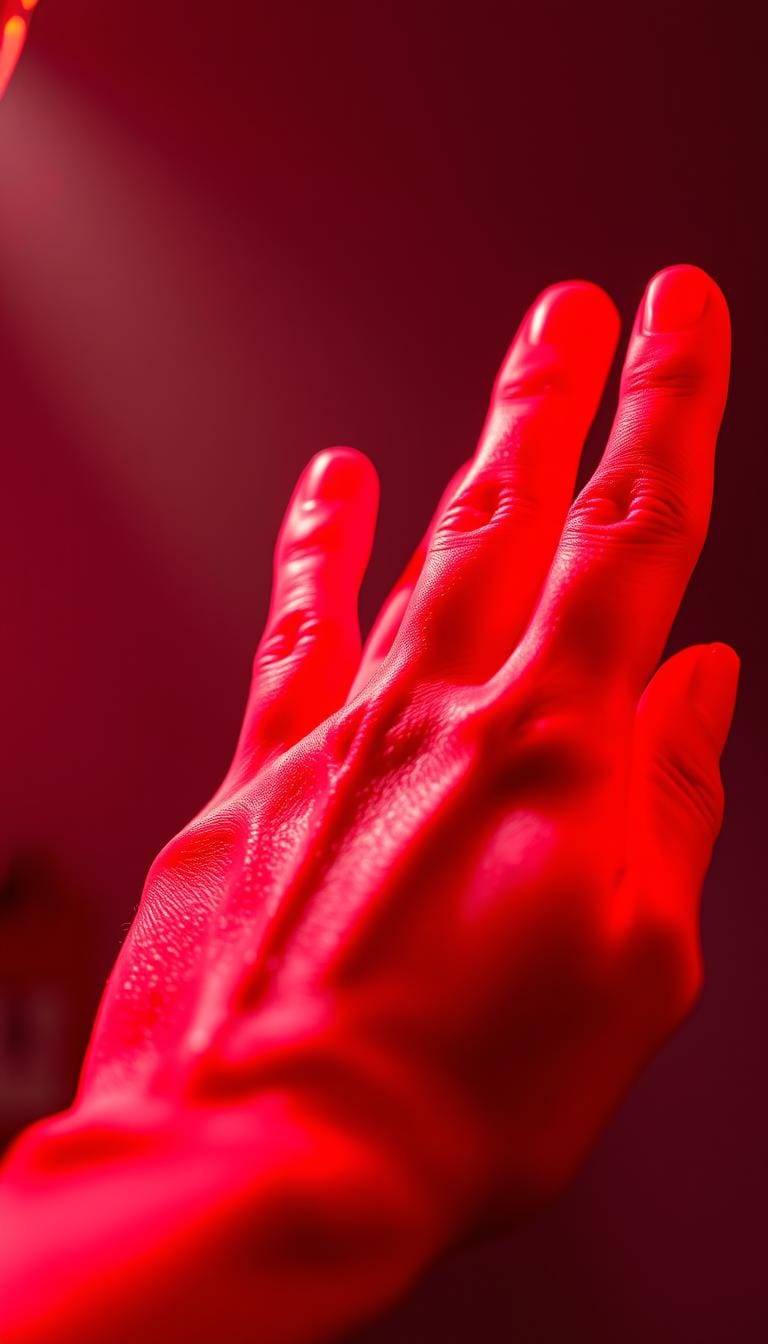
Mental Health and Cognitive Benefits
Red light therapy also helps with mental health and brain function. It might lower stress and anxiety and make you feel happier.
The benefits of red light therapy are wide-ranging and backed by research. Always talk to a healthcare expert to see if it’s right for you.
How Often Should You Do Red Light Therapy?
The success of red light therapy depends on how often you use it. This varies based on your goals and the device you have. Knowing the right frequency is key to getting the best results.
General Frequency Guidelines
For general wellness, most people do red light therapy 2-3 times per week. But, if you have specific health goals, you might need to adjust this.
| Treatment Goal | Recommended Frequency | Typical Duration |
|---|---|---|
| General Wellness | 2-3 times/week | 10-20 minutes |
| Pain Relief | 3-5 times/week | 15-30 minutes |
| Skin Rejuvenation | 2-3 times/week | 10-20 minutes |
Beginner vs. Advanced Users
If you’re new to red light therapy, start with 1-2 times per week. As you get used to it, you can increase the frequency. Those who are more experienced might need to use it more often to keep seeing results.
Home Devices vs. Professional Treatments
Home devices let you use red light therapy as often as you like, even daily. Professional treatments, though, are usually done 1-3 times a week. This is because they are more intense and your body needs time to adjust.
By following these guidelines and adjusting the frequency, you can get the most out of red light therapy. This will help you reach your health goals.
The 5 Expert Guidelines for Optimal Red Light Therapy Frequency
To get the most out of red light therapy, you need to think about how often you use it. Experts have shared five important tips to help you get the best results.
Guideline 1: Start Slow and Build Gradually
When starting red light therapy, it’s wise to start slow. Increase the frequency as your body gets used to it. This approach helps avoid side effects and lets you see how your body reacts.
For example, start with 2-3 sessions a week. Then, adjust based on how your body feels.
Guideline 2: Consistency Trumps Intensity
Consistency is key in red light therapy. Instead of doing lots of sessions in a few days, spread them out. This way, you get better results and support your overall health.
Guideline 3: Match Frequency to Your Specific Goals
How often you use red light therapy depends on your goals. For skin rejuvenation, you might need more sessions than for treating an injury. Knowing your goal helps you plan your treatment better.
Guideline 4: Listen to Your Body’s Response
It’s important to listen to how your body reacts to red light therapy. If you feel uncomfortable or tired, you might need to adjust your frequency. If you’re not seeing results, you might need to do more sessions.
Guideline 5: Adjust Based on Results and Progress
Red light therapy works differently for everyone. As you see changes, it’s time to reassess your plan. You might need to change how often you use it, how long each session is, or even the device you’re using.
By following these tips, you can make an optimal red light therapy routine for yourself. The secret to success is finding the right balance and sticking to it.
Ideal Duration for Red Light Therapy Sessions
Knowing the right time for red light therapy is key to getting the most out of it. The session length affects how well it works, whether for skin, pain, or health benefits.
Recommended Treatment Times
Red light therapy sessions can last from a few minutes to 20 or 30 minutes. The best time often depends on the device and the health issue. For example, treatments for deeper tissues might need longer sessions.
How Duration and Frequency Work Together
The time and how often you do red light therapy go hand in hand. Short sessions might need more repeats, while longer ones can be less frequent. It’s important to find the right mix for the best results without overdoing it.
Signs Your Sessions Are Too Long
If you feel discomfort, redness, or other bad effects after a session, it’s too long. It’s vital to listen to your body and adjust the time for safe and effective treatment.
Recommended Frequency for Different Health Goals
Adjusting the frequency of red light therapy helps tailor treatment plans to specific health goals. It’s versatile for skin rejuvenation, pain relief, and muscle recovery. Knowing the best frequency for each goal is key to getting the results you want.
For Skin Rejuvenation and Anti-Aging
For skin rejuvenation and anti-aging, being consistent is important. Start with 3-4 sessions a week, each lasting 10-20 minutes. As your skin improves, you can cut back to 2-3 times a week to keep the results.
For Pain Relief and Inflammation
For pain relief and inflammation, adjust the frequency based on pain severity. For chronic pain, treat daily or every other day. For acute pain, start with 2-3 times a day and then reduce as pain lessens.
For Muscle Recovery and Athletic Performance
Athletes use red light therapy for muscle recovery and to boost performance. For muscle recovery, aim for 3-5 sessions a week, post-intense workouts. Regular use can lessen muscle soreness and speed up recovery.
Adjusting the red light therapy frequency for your health goals is vital. Tailoring your treatment schedule helps achieve your desired outcomes. Whether it’s better skin, less pain, or improved athletic performance, red light therapy can help.
Recommended Frequency for Specific Conditions
Red light therapy is great for many health issues. It helps with joint pain, hair loss, sleep problems, and mood. Knowing how often to use it is key for the best results.
For Joint Pain and Arthritis
Red light therapy is good for joint pain and arthritis. It reduces inflammation and helps joints heal. Use it 3-5 times a week, for 10-20 minutes each time. Being consistent is important.
For Hair Loss and Growth
Red light therapy is popular for hair loss and growth. It increases hair density and improves hair health. Use it 2-3 times a week, for 5-10 minutes. Results take time, so be patient.
For Sleep Improvement
Red light therapy helps with sleep issues. It regulates sleep-wake cycles. Use it 1-2 hours before bed, for 10-15 minutes, 3-5 times a week.
For Mood Enhancement
Red light therapy boosts mood and mental health. It increases serotonin and lowers stress. Use it 2-3 times a week, for 10-20 minutes.
Knowing the right frequency for red light therapy can greatly improve health. It’s all about using it wisely for the best results.
Factors That Affect Your Optimal Treatment Frequency
Several key factors can impact the effectiveness of red light therapy. These factors affect how often you should use it. Understanding these factors is key to creating a personalized treatment plan.
Device Power and Quality
The power and quality of your red light therapy device matter a lot. A higher-quality device with the right power output can lead to better treatments. This might mean you don’t need to use it as often.
Your Age and Overall Health
Your age and overall health status are important. They help determine how often you should use red light therapy. Older individuals or those with certain health conditions might need to adjust their schedule.
Severity of Your Condition
The severity of your condition is also a big factor. More severe conditions might need more frequent initial treatments. Then, you might need less frequent maintenance sessions.
Treatment Area Size
The size of the treatment area also matters. Larger areas might need longer or more frequent sessions. This is to achieve the desired results.
By considering these factors, you can create an optimal red light therapy routine for yourself. This ensures you get the most out of your treatments.
Signs You Might Be Overusing Red Light Therapy
Red light therapy is usually safe, but too much can cause problems. It’s key to know when you’re using it too much. This helps you use it right.
Physical Warning Signs show you might be using it too much. These signs include skin redness, sensitivity, or even burns. If you see these, cut back on your treatment.
Physical Warning Signs
It’s important to watch how your body reacts to red light therapy. If you notice strange symptoms, it’s time to change your treatment plan.
Diminishing Returns
Not seeing benefits anymore is another warning sign. This could mean your body has gotten used to it, or you’re not giving it enough time to recover.
When to Scale Back
If you see any of these signs, it’s time to rethink your red light therapy schedule. Listen to your body and make changes. You might need to use it less often or for shorter times. For example, try going from daily to every other day or a few times a week.
By paying attention to these signs and adjusting your routine, you can use red light therapy safely and effectively. This follows the best practices for red light therapy.
How to Track Your Red Light Therapy Results
Tracking your red light therapy results can really boost its benefits. To get the most out of it, it’s important to keep an eye on how you’re doing.
Creating a Treatment Journal
Writing down your red light therapy progress in a journal is a smart move. Note the date, how long you used it, and any changes you notice. Consistency is key in red light therapy, and a journal keeps you on track.
Measuring Progress Objectively
Using objective measures can give you a clearer view of your progress. Take photos, measure skin elasticity, or track pain levels. Objective data is great for seeing how well your red light therapy is working.
| Method | Description | Benefits |
|---|---|---|
| Treatment Journal | Record sessions and observations | Helps identify patterns, adjust treatment |
| Photographs | Visual documentation of changes | Provides clear visual evidence |
| Pain or Symptom Tracking | Monitor changes in symptoms or pain | Helps assess effectiveness |
Adjusting Your Frequency Based on Results
Look at your journal and objective data to figure out if you need to change your red light therapy schedule. If you’re not seeing the results you want, you might need to increase the frequency or duration of your sessions. On the other hand, if you’re getting great results, you could reduce the frequency and keep seeing benefits.
Conclusion: Creating Your Personalized Red Light Therapy Schedule
Now that you know the basics of red light therapy, it’s time to make your own schedule. Think about your health goals, the device you’re using, and how you react to treatment. This will help you get the best results.
When figuring out how often should you do red light therapy?, first think about what you want to achieve. Do you want to improve your skin, relieve pain, or recover faster? Then, use the guidelines from this article to create a schedule that fits your needs.
A good red light therapy treatment schedule is key to getting the most out of it. Start slow, be consistent, and change your schedule as needed. By following these red light therapy best practices, you’ll see the benefits and feel better.

